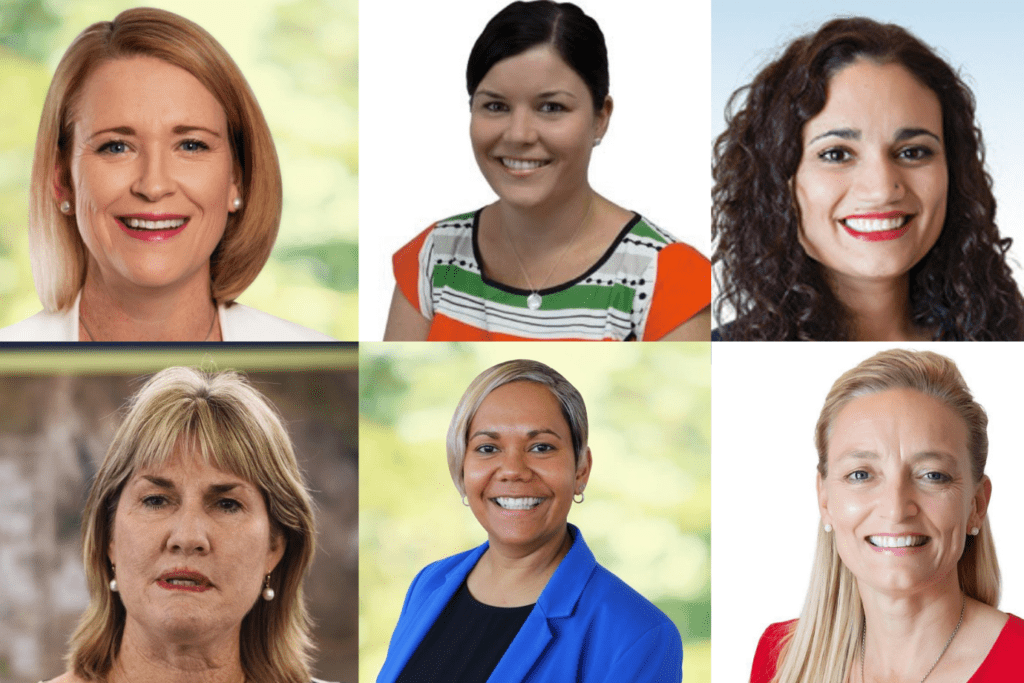With NT Chief Minister Michael Gunner unveiling his new ministry this week, it is pleasing to see he has retained the Territory’s mantle of a majority-female cabinet – with six of the nine new cabinet members being women.
The Chief Minister made history back in 2016, when he announced five of his eight-member cabinet were women, the highest proportion of female ministers ever in an Australian government. Going into the recent election, that had increased further, with the promotion of Indigenous MP Selena Uibo as the ninth cabinet minister in 2018.
Only one other state or territory – Victoria – currently has a majority-female cabinet in government (55 per cent). Queensland and the ACT are hovering just below parity, while Tasmania and WA are at 33 per cent and 29 per cent respectively. Languishing at the bottom of the ladder are NSW and SA, with only 21 per cent of their ministerial teams being women.
While Women for Election is fighting to get more women into public office at all levels, ultimately we need more women at the leadership table of our major parties. These numbers show that across several of our states and territories – not to mention federally – that’s still some way off.
Just like in the corporate world, the lack of women in the ‘C-suite’ of our governments is the critical piece impeding the policy and culture change many of us are so desperate to see.
The evidence is clear that women leaders reshape the nature of politics in a whole host of positive ways – a more collaborative working environment, much broader policy implementation, fewer wars, less corruption and a greater trust in our politicians and entire democratic process.
The research also shows that the more women we have in our legislatures and in cabinet positions, the more likely other women are to take up these roles.
But significant barriers remain that prevent women from entering public life in the first place. While other countries around the world are increasing the number of women in their parliaments, in a relative sense, Australia is going backwards. And the women who are making it through tend to be white and come from privileged backgrounds, which means we’re missing out on the experiences and views of women from more diverse communities.
A recent report by the Global Institute for Women’s Leadership and the Westminster Foundation for Democracy was stark in its findings that political parties are the major barrier to women’s entry into politics. The report found political parties do not do enough to recruit women, they can be biased against women candidates at the selection stage, and they often disadvantage women by placing them further down candidate lists or in unwinnable seats.
Conversely, quotas – when implemented properly – are found to increase women’s representation in politics. In Australia, we can see that where parties have quotas in place, the representation of women at the cabinet level is likely to be higher too.
The lack of diversity at the leadership level of our major parties is problematic for our community at large. If our top decision-makers have no experience of women’s health issues or the public school system or child care, if they’ve never queued for Centrelink or faced discrimination or struggled to afford housing, they’re probably not best placed to understand how those things could be improved.
Having more women of all backgrounds at the highest levels of government is critical to improve the state of politics in Australia and to ensure better policy that benefits the wider community. This is not just about achieving equal representation but broadening the range of professional and lived experience among our political leaders.

